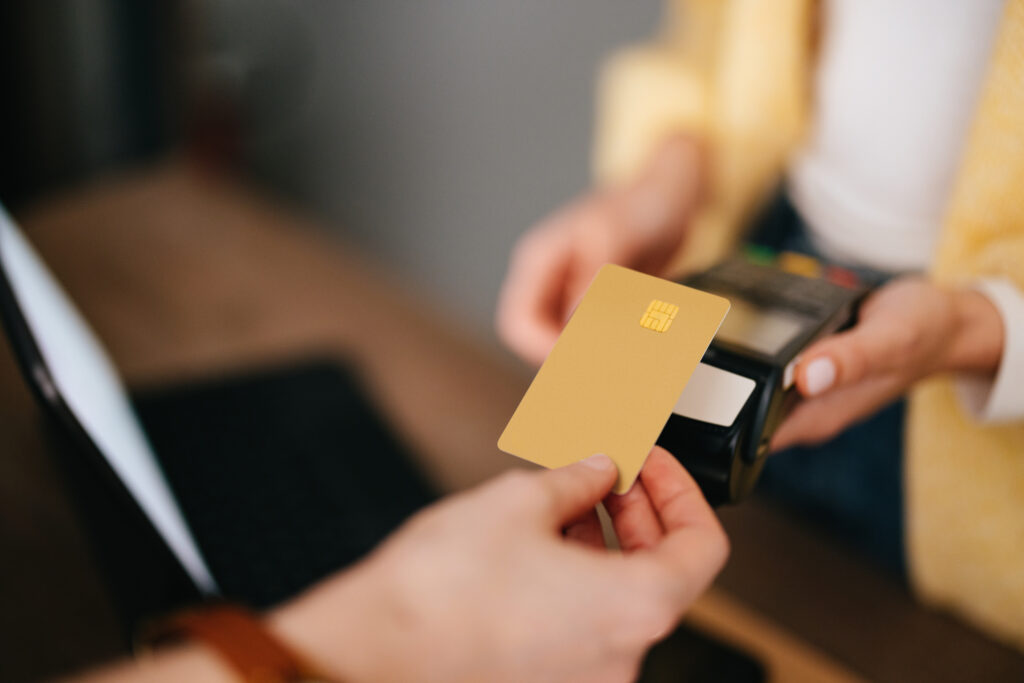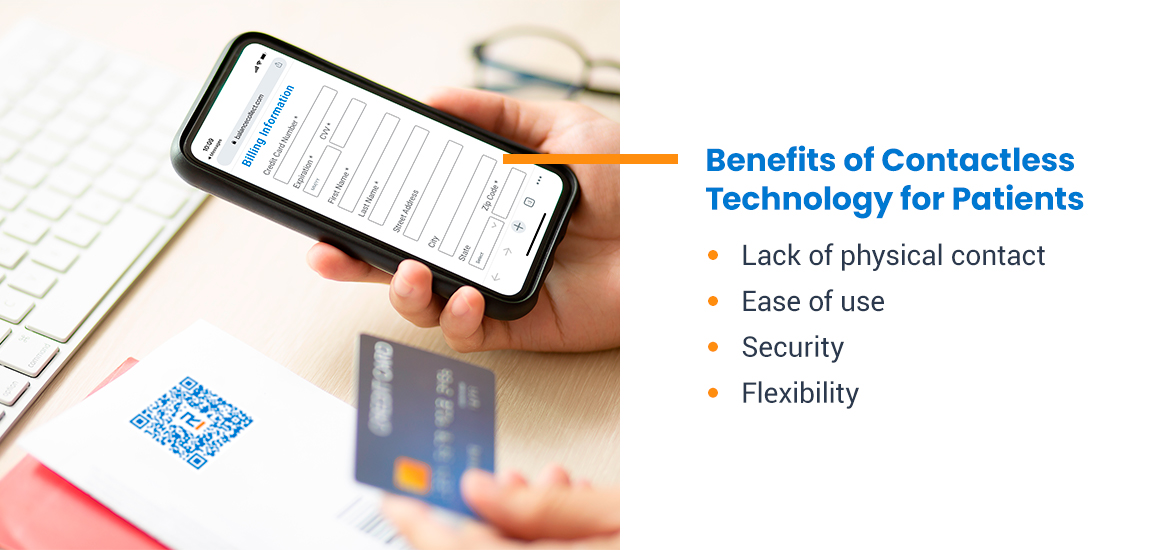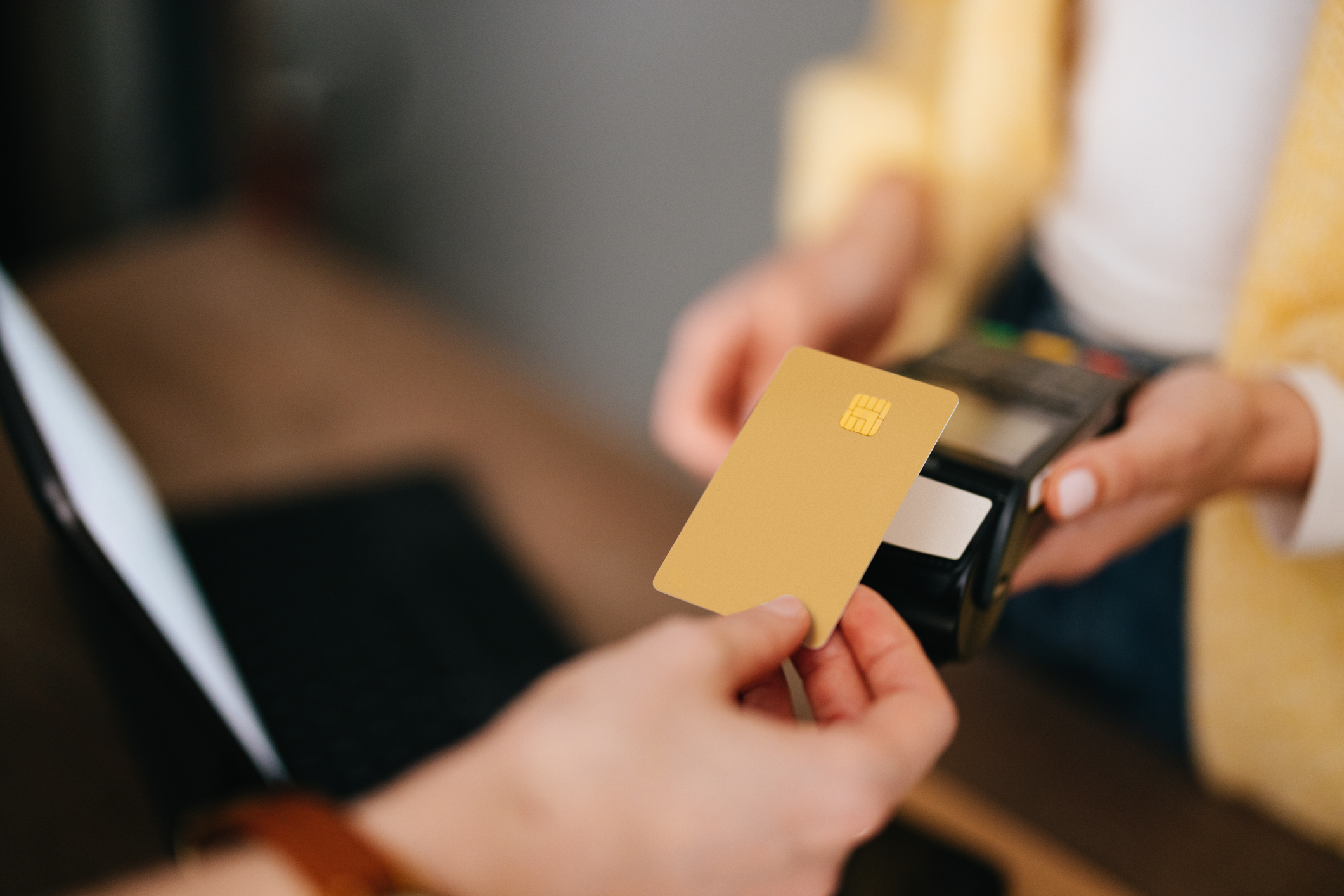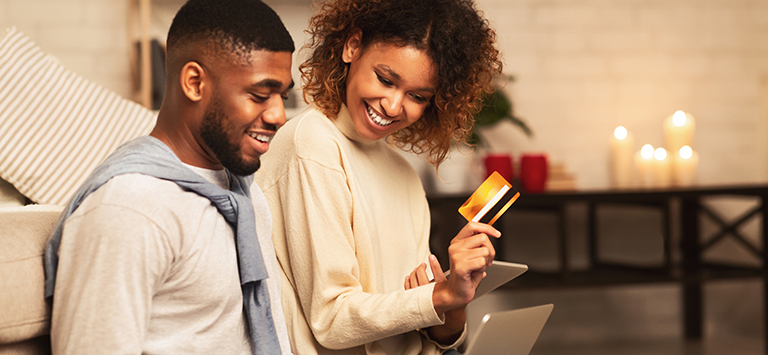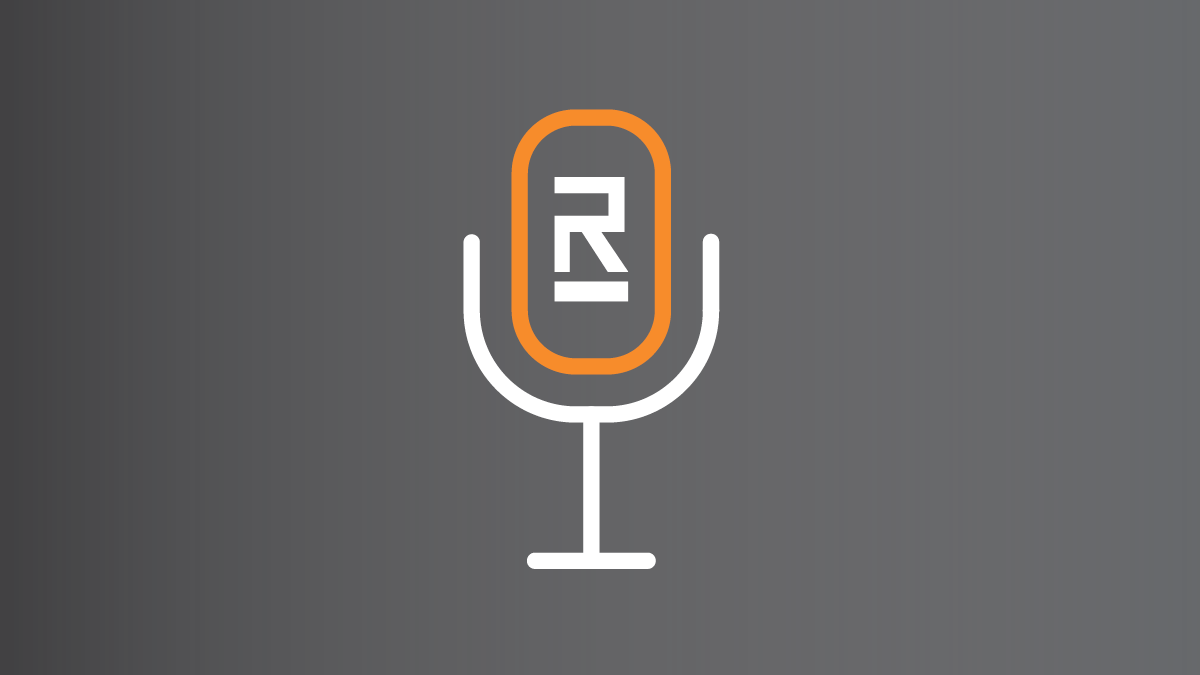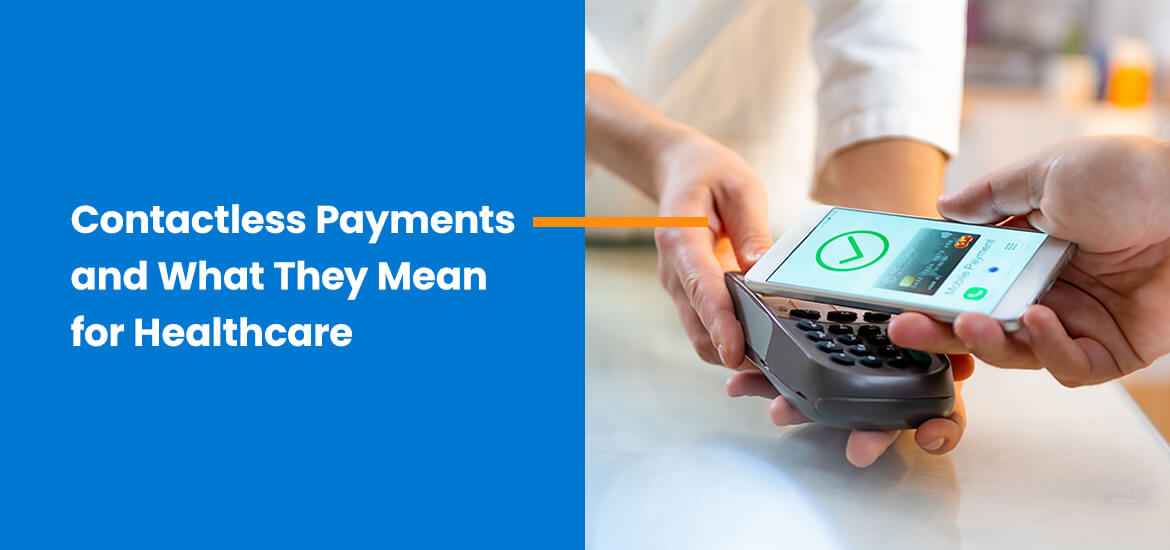
The last year has ushered in many global transformations, including how we pay for goods and services. While contactless payments existed before COVID-19, the shift toward touchless methods saw an impressive surge in 2021. About 43% of patients expressed interest in digital payments overall, with 32.5% of patients saying that payment plans and digital payments would motivate them to switch providers.
Contactless payments include technologies like embedded chips in credit cards and digital wallets such as Apple Pay® and Google Pay™. The last few years have pushed the gas pedal on contactless payments, as people sought out ways to make purchases without having to hand over cash, give their card to a cashier, or use a check.
This payment technology is here to stay—and healthcare providers who want to best meet the needs and expectations of their patients should consider offering contactless payment options. Let’s explore how and why this popular way to pay is an ideal option for healthcare practices.
Benefits of Contactless Technology for Patients
In 2020, 19% of American consumers made a digital, in-person payment for the first time, either using a contactless card or a mobile device. Most people who used a contactless payment option said they liked it and would continue to use it, even after the pandemic is over. There are several reasons why contactless payment options appeal to patients and consumers, including:
Lack of physical contact
At the start of the COVID-19 pandemic, little was known about the virus itself. Could it spread by contact with a contaminated surface, such as crumpled dollar bills or a plastic credit card? To keep surfaces as sanitary as possible and minimize their risk of contact with the virus, many patients embraced cashless payment solutions. About eight in 10 merchants surveyed in an American Express report said that contactless payments help keep the checkout area safer and cleaner for both customers and employees.
Are contactless payments safe for the healthcare industry? Absolutely—patients no longer have to worry about spreading germs, nor do they have to worry that the surfaces at a provider’s practice are really sanitary.
Ease of use
It’s easy for patients to use the new contactless methods of payment. If they’re using a digital wallet, they can load their card or bank account information onto their phone ahead of time. Once in the provider’s office and ready to pay, all they need to do is hold their phone near the point-of-sale device. If they’re using a contactless credit or debit card, they can simply hold their card near the reader. These methods are much simpler than fumbling for cash and exact change or writing paper checks.
Security
When patients use a contactless method to pay, they can rest assured their data is fully encrypted. This protection makes it nearly impossible for a hacker to crack the code of a card, cutting down on the risk of fraud or theft. How secure is contactless payment technology? It complies with the Payment Card Industry (PCI) Data Security Standard, meaning the information is stored and sent in a way that reduces the chance of interference or theft.
Flexibility
Because contactless payment is flexible, patients can choose one method that works best for them. While Text-to-Pay allows patients to set up a payment after receiving a text message, online payments and mobile payments let people pay for services from the comfort of their home or wherever they happen to be.
Advantages of Contactless Payments for Healthcare Providers
If you’re wondering whether your practice should offer contactless payments as a new way to pay, you should consider the following advantages.
Sanitation and safety
Is contactless payment safe? It’s not only patients who are concerned about sanitation and safety. Both doctors and administrators are also concerned about the cleanliness of their workspace.
By giving patients the option to pay for their services with contactless cards or digital wallets or making online payments, you can cut down on the number of surfaces your team has to touch throughout the day. As a result, they’ll spend less time cleaning and more time providing high-quality care to patients.
Efficiency
When a patient pays with cash or check, someone needs to verify that it’s the correct amount or that the payment is legitimate. From there, your practice has to make trips to the bank to deposit these payments. Alternatively, contactless payments process immediately, increasing efficiency and productivity.
Customer service and patient retention
With more payment options, your practice can cater to a broader group of patients. No one wants to be told that a practice is “cash only” or “check only” when all they have in their wallet is a credit or debit card. Additionally, contactless methods help patients feel safer—and they’ll know that your practice keeps their needs in mind. It may seem like a small thing, but patients will appreciate the thought you put into your customer service.
Methods of Contactless Payments
From virtual options like Apple Pay to credit cards with contactless capabilities, your patients can use numerous methods to make contactless payments. When considering adding contactless payments to your office, you’ll want to think about which options make the most sense for your main clientele and which ones your practice can reliably provide. Furthermore, your practice should consider contactless methods for out-of-office payments.
Contactless point-of-care solutions
When a patient is in the office, there are several ways they can pay without making contact:
- Tap to pay: Some credit and debit cards are equipped with short-range wireless technology that makes it possible for a transaction to go through without a patient inserting a chip or swiping their card. Instead, they hold the card over the reader for a few seconds and it collects the information needed.
- Mobile wallet and bank apps: A mobile wallet or bank app lets patients leave their credit and debit cards behind, allowing them to make payments using their phones. The process is similar to tap to pay, except the patient is using their phone instead of a card.
- Smartphone scan options: Another contactless payment option is for patients to scan a QR code assigned to your practice, using the camera on their smartphone. After scanning the code, they’re directed to a payment portal where they can complete the transaction.
If you’re planning to incorporate any of these point-of-care payment options, you’ll likely use hardware that allows providers to accept tap-to-pay cards, mobile wallets, and older forms of payment, such as EMV chip cards and magnetic stripes.
Contactless out-of-office solutions
If a patient receives a bill from your practice for payment after the fact, they have several contactless payment options, including:
- Text-to-pay (SMS) payments:A patient gets a text on their phone that provides them with instructions for making a payment.
- Online payments:Online billing lets patients pay with their credit or debit card digitally, with no need to send a check.
- Mobile payments: Mobile billing is optimized so patients can make payments directly from their smartphones, without having to log onto a patient portal.
- Card-on-file payments:You can store patients’ credit card information and charge their cards as needed after the patient has received care. These card-on-file payments cut down on missed bills and simplify the payment process for your patients.
The Future of Payment Processing
It’s likely that the current contactless payment options will continue to evolve as healthcare and other service providers change the way they accept money. If recent years have taught us anything, it’s that touch-free payments are only becoming more popular. By 2025, the global contactless payment market is expected to hit a value of $18 billion with a compound annual growth rate of 11.7%. These options are essential for modern businesses looking to stay competitive.
Keeping up with upgrades and innovations in payment processing allows your practice to provide the best service possible and save money and time. Whether you choose to incorporate one or several contactless payment options, your practice and your patients will reap the benefits.

Contactless Payment Solutions for Healthcare Providers from Rectangle Health
These types of payments aren’t just a recent trend. Contactless payments, especially in healthcare, are here for good. Rectangle Health’s comprehensive payment platform allows your practice to collect patient payments efficiently and securely. Our bundled solutions use technologies like online and contactless payments for modernized, touch-free service, along with other tools like Text-to-Pay and card-on-file solutions that add convenience to increase the ease and likelihood of receiving payments.
Practice Management Bridge® helps replace outdated processes with digital automation, offers multiple convenient contactless payment solutions, and improves patient and practice communication with tools like personal, customized messaging. It can seamlessly interface with any existing practice management system.
References.
- PYMNTS, Rectangle Health. (2021, January). The Healthcare Payment Experience Report. PYMNTS, Rectangle Health. Retrieved October 21, 2021, from https://www.pymnts.com/wp-content/uploads/2021/01/PYMNTS-The-Healthcare-Payment-Experience-Report-January-2021.pdf.
- Shearman, J. C. (2020, August 6). Coronavirus leads to more use of contactless credit cards and mobile payments despite cost and security concerns. National Retail Federation. Retrieved October 12, 2021, from https://nrf.com/media-center/press-releases/coronavirus-leads-more-use-contactless-credit-cards-and-mobile-payments.
- American Express. (2020). Amex Digital Payments Trendex. American Express. Retrieved October 11, 2021, from https://network.americanexpress.com/globalnetwork/dam/jcr:82bf7f34-848c-4bd0-84fd-6bb679c3da8b/Amex%202020%20Digital%20Payments%20Trendex%20-%20The%20Time%20for%20Contactless%20Is%20Now.pdf.
- Research and Markets. (2020, March). Contactless payment market by component (hardware (POS and cards), solutions, and services (consulting, integration and deployment, and support and maintenance)), vertical (retail and hospitality), and region – global forecast to 2025. Research and Markets. Retrieved October 12, 2021, from https://www.researchandmarkets.com/reports/5008198/contactless-payment-market-by-component-hardware?utm_source=dynamic&utm_medium=BW&utm_code=mtp6tm&utm_campaign=1373019%2B-%2BThe%2BFuture%2Bof%2Bthe%2BContactless%2BPayment%2BIndustry%2C%2B2020-2025%3A%2BRising%2BDemand%2Bfor%2BMobile%2Band%2BWearable%2BP.
